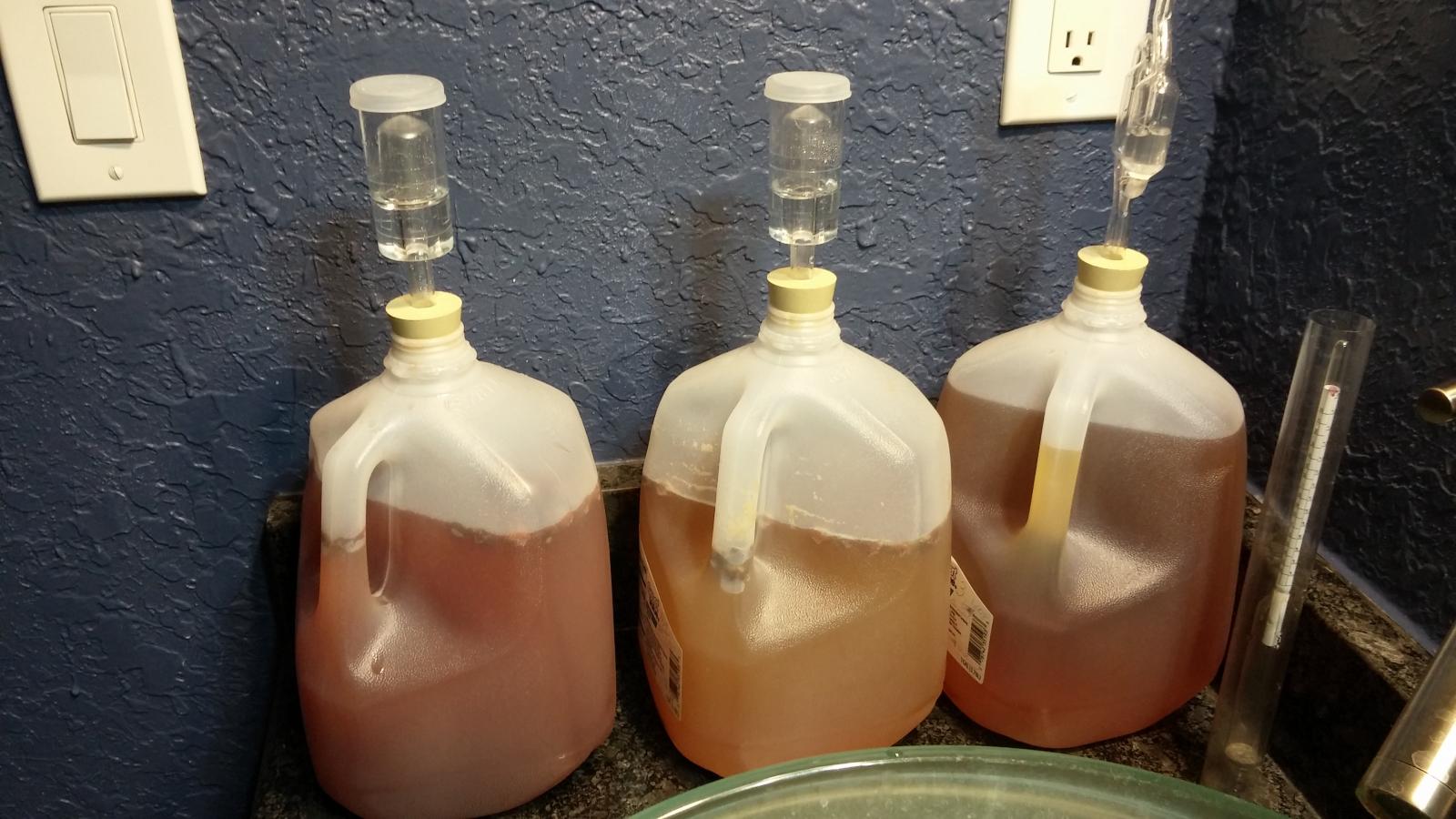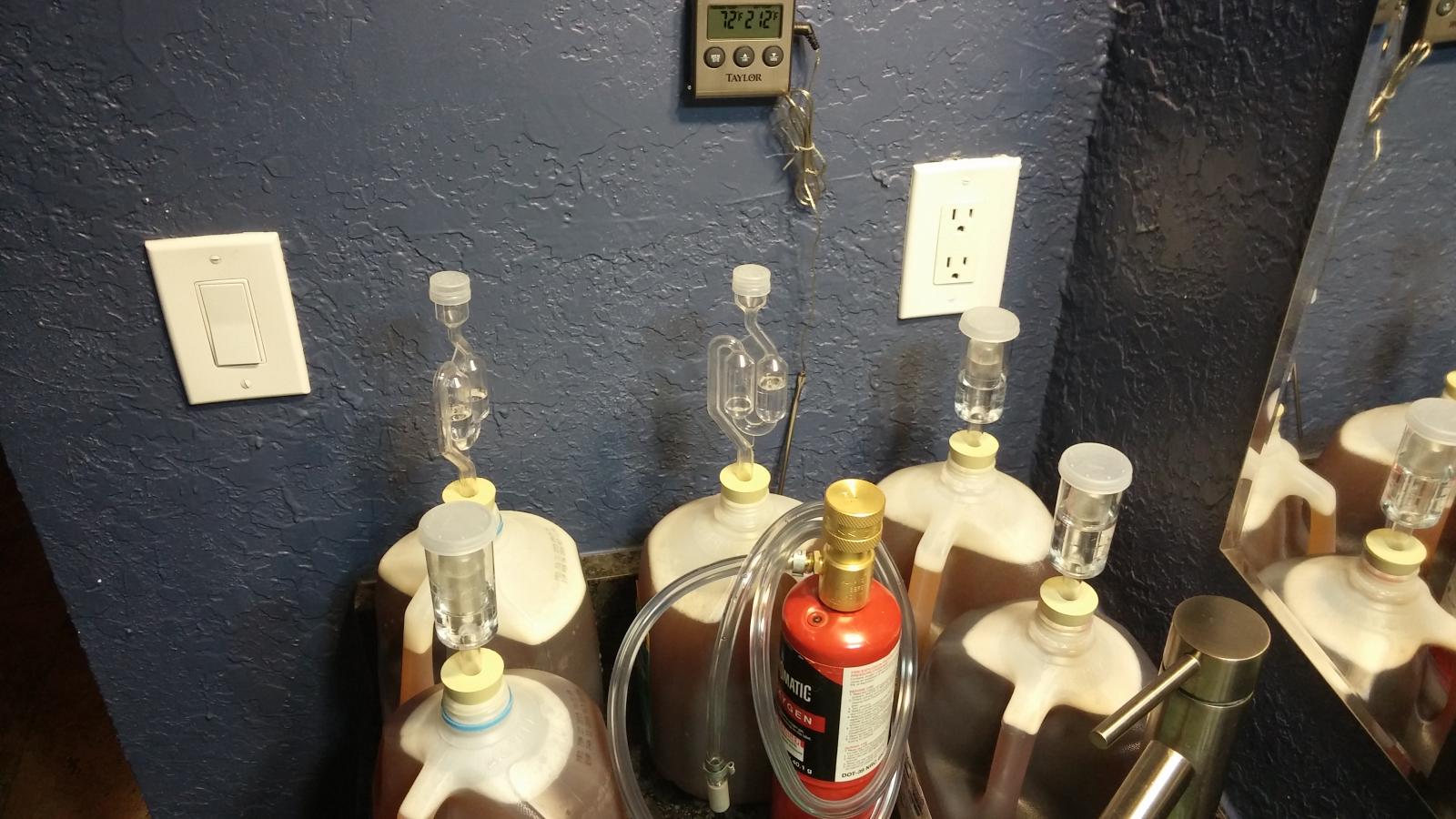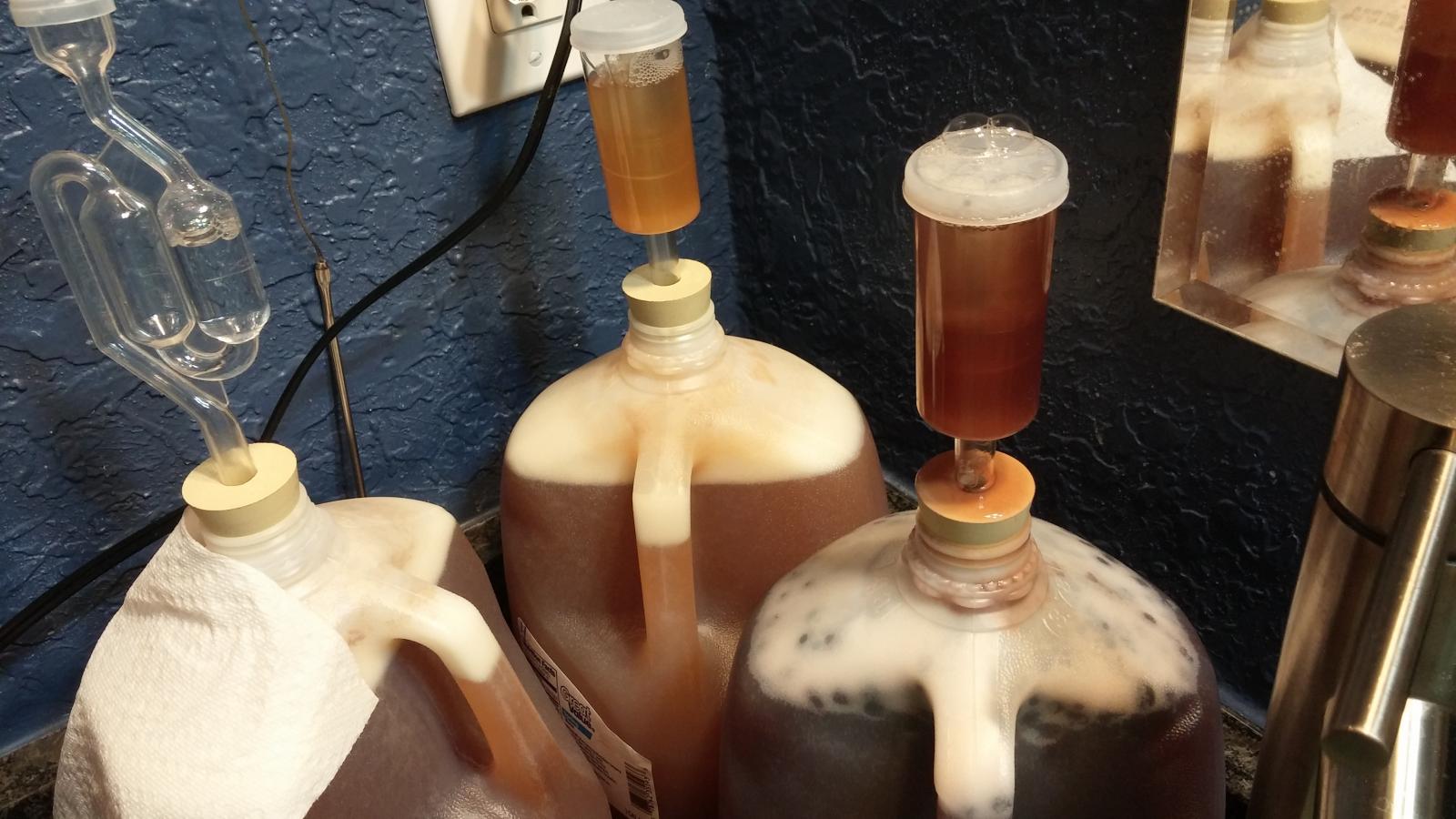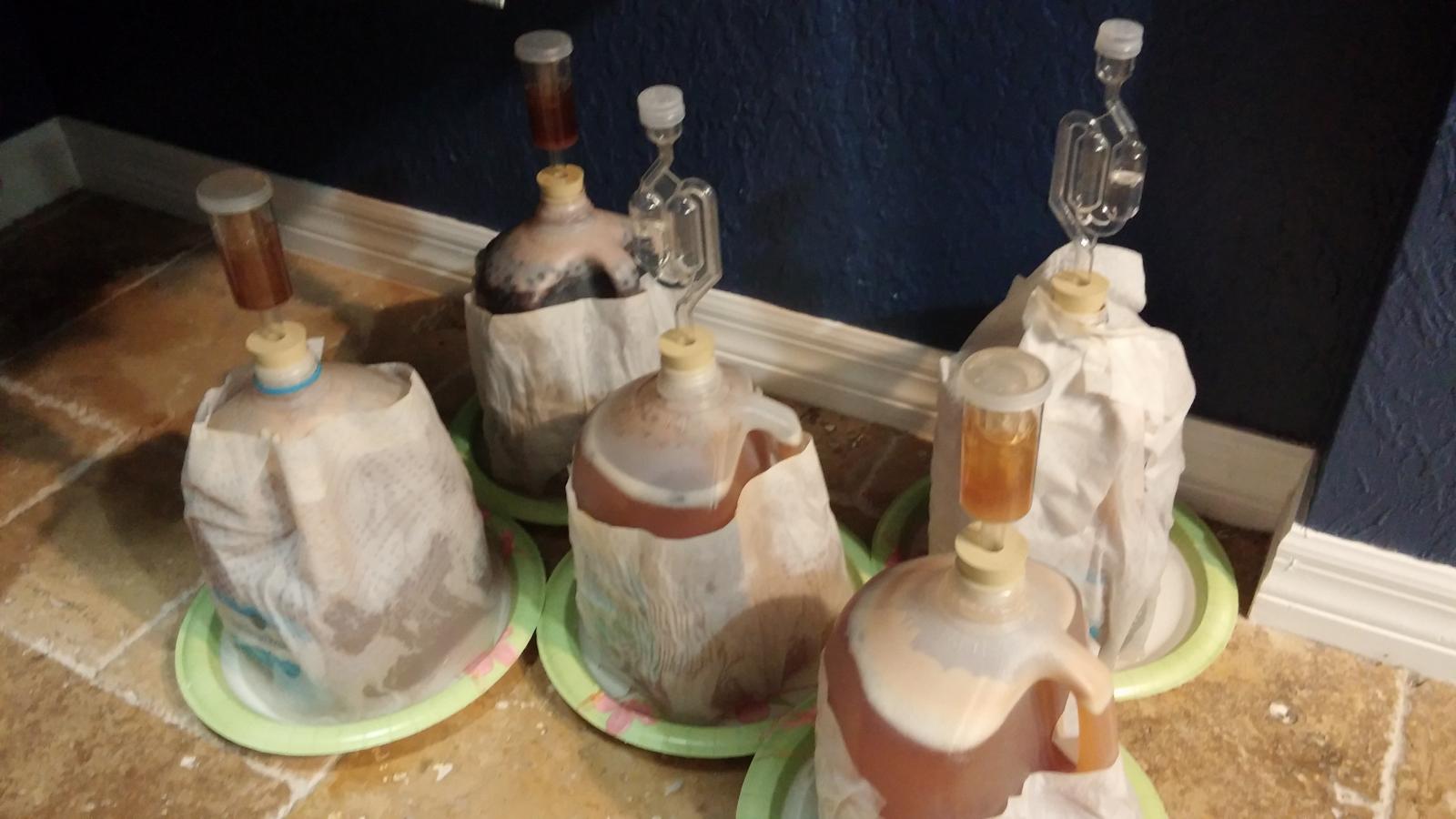Appreciate that.
Its summer here and condo temps hover around 74-76*F. I wonder if it would make a big difference to be around 68-70*. Is the flavor stronger and cleaner at lower temps or something? I know you said the cider will be weak, please elaborate.
I was thinking to put a mesh micron aquarium fiter
http://www.amazon.com/Aqueon-ProFlex-Micron-Filter-2-Pack/dp/B0036S2WVS over siphon after a few days in secondary (or...gasp....right out of primary) and basically have a drinkable (mostly clear) high alcohol cider in ~2 weeks.
So...10-15 days in primary, 0-2 days in secondary, back-sweeten to taste, bottle/keg still. Ill try it on my latest run seen below vvv
I am running a frankenstein experiement today:
SG 1.070 - Pasteur Champagne yeast, no starter.
-1 gal
juicy juice blend
1 can apple ras conc.
1/2 can apple berry blend conc.
~30 organic raisins
Shook vigorously to aerate. Then poured some in a cup, added yeast and raisins, swirled cup, pitched into 1 gal.
I want to see what I can get away with here. If most of the flavor can come from backsweetening, I wonder the point of using a $5 pack of notty and waiting 2+ weeks in primary, vs a $1 pack of red star champagne, and bottoming out in 7-10 days.
Seems most commercial cider makers use champagne yeast, acid, and AJC.
Basically, this will be the low cost, no fuss, high alcohol % cider




























![Craft A Brew - Safale S-04 Dry Yeast - Fermentis - English Ale Dry Yeast - For English and American Ales and Hard Apple Ciders - Ingredients for Home Brewing - Beer Making Supplies - [1 Pack]](https://m.media-amazon.com/images/I/41fVGNh6JfL._SL500_.jpg)









































